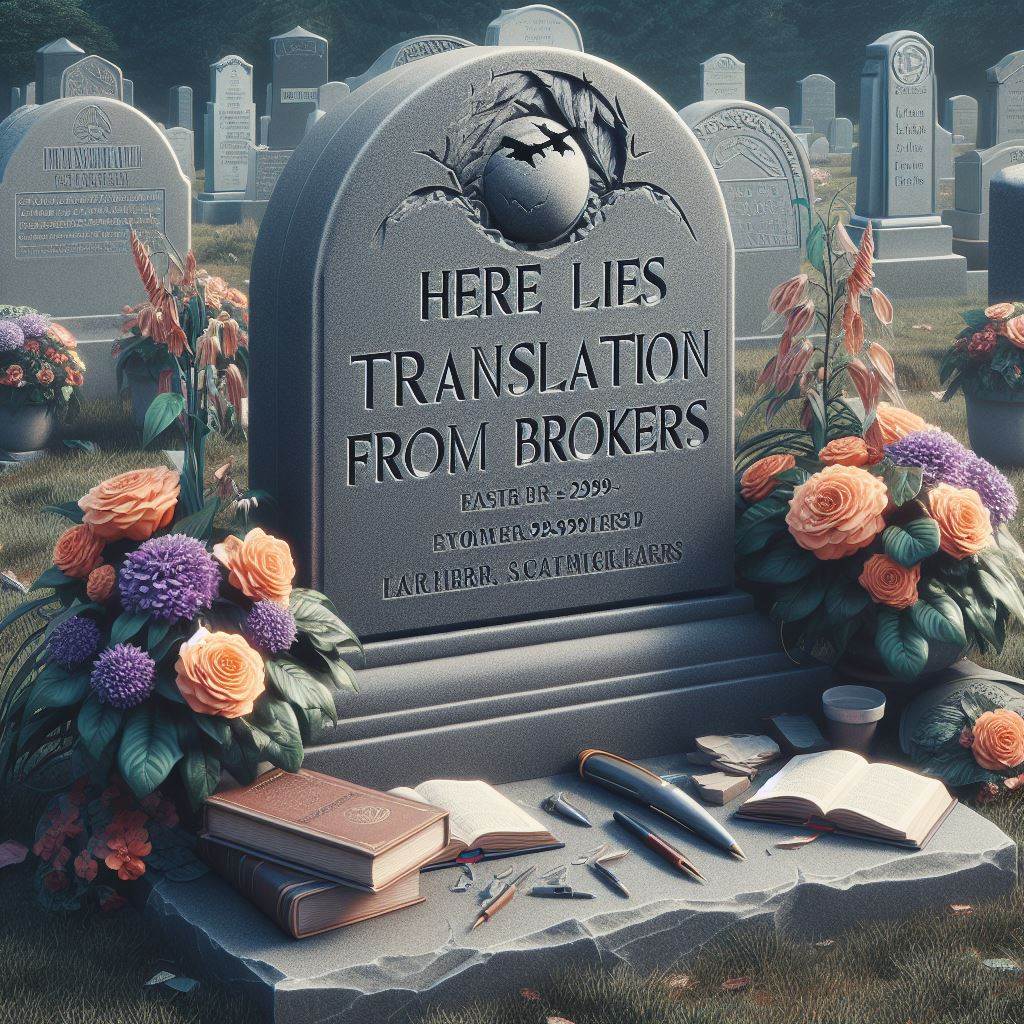Numerous translators are actively discussing in various online venues the problems with AI translation and are saying that clients will come back to them when they discover the problems of AI. Although these discussions provide opportunities for bonding among colleagues, they serve no other identifiable purpose, and they certainly do nothing to impede the obvious headlong race into a world in which translation is viewed as a commodity by both translation brokers and their translation-consuming clients.
The underlying, persistent reality is that translation is a business.
The amount of money translation brokers have needed to pay translations they purchase for resale has been a constant profit-diluting annoyance to the LSB (language service broker) community. In response, brokers have employed numerous devices over the years to lower their translation purchase price. One device is the mandatory use of broker-specified CAT tools, with an accompanying discounting of rates that can be received by translators. Another is forcing translators to work on hamster-wheel online translation platforms in order to receive work.
But now the brokers on which most translators depend have a new way to lower (or almost eliminate) the cost of obtaining translations to sell, this being the elimination of professional translators from the translation process step.
And there is abundant evidence that they are succeeding at doing just that.
One reason for the brokers’ success is that the good-enough paradigm has been widely adopted and is working for a huge portion of the translation market.
Another reason is more serious for freelance translators and needs to be recognized by translators wishing to survive:
Brokers conduct themselves based on the correct understanding that very few translators from which they purchase translations can compete with them in acquiring direct clients themselves. Most translators don’t even know who their potential direct clients are. And, even if they do know, they generally don’t know who to approach at those clients or how to approach them. Many, for a variety of reasons, do not have the ability to access potential direct clients.
The adoption of AI by brokers succeeds largely by the monetization of their control of customers, combined with the inability of most translators to compete with brokers. It succeeds because good enough is good enough and, more critically, because most translators are trapped, with little ability to compete with brokers and no alternative income-earning path.

To survive by translating for earnings anywhere near what they previously could expect to earn, translators will need to acquire direct clients. For most translators, that will not be possible.
That is where broker-dependent freelance translators are, and it is essentially the end of the road for most translators wishing to pursue translation as a way to earn a living.